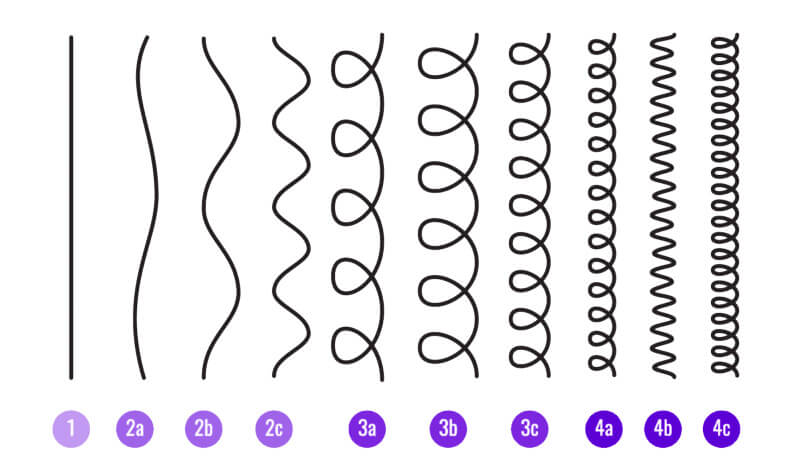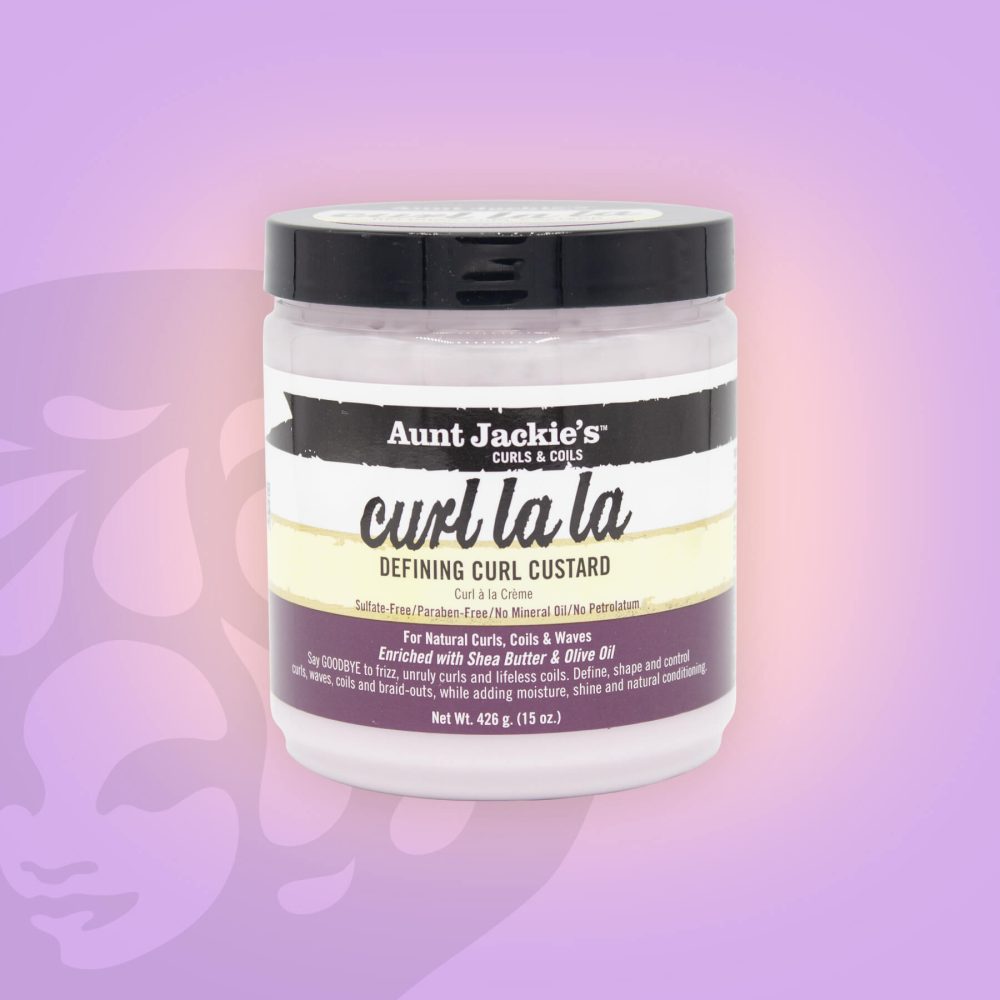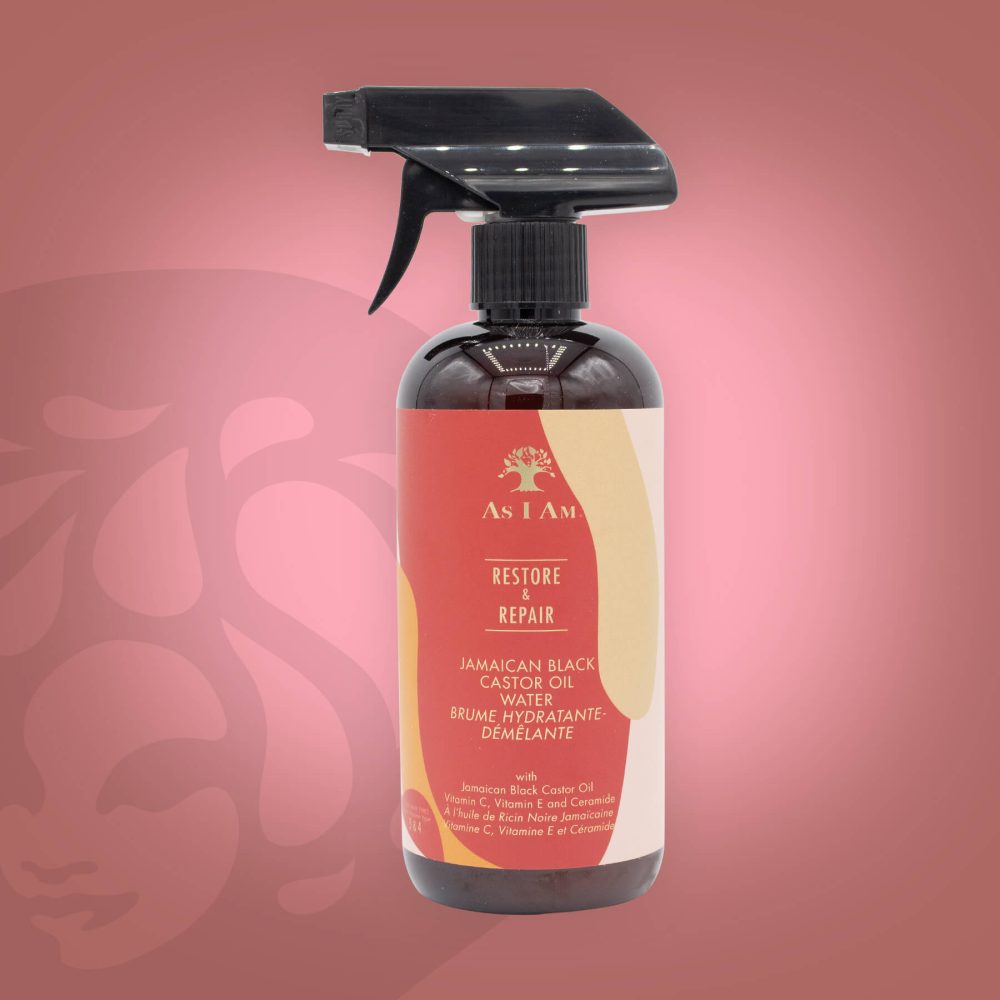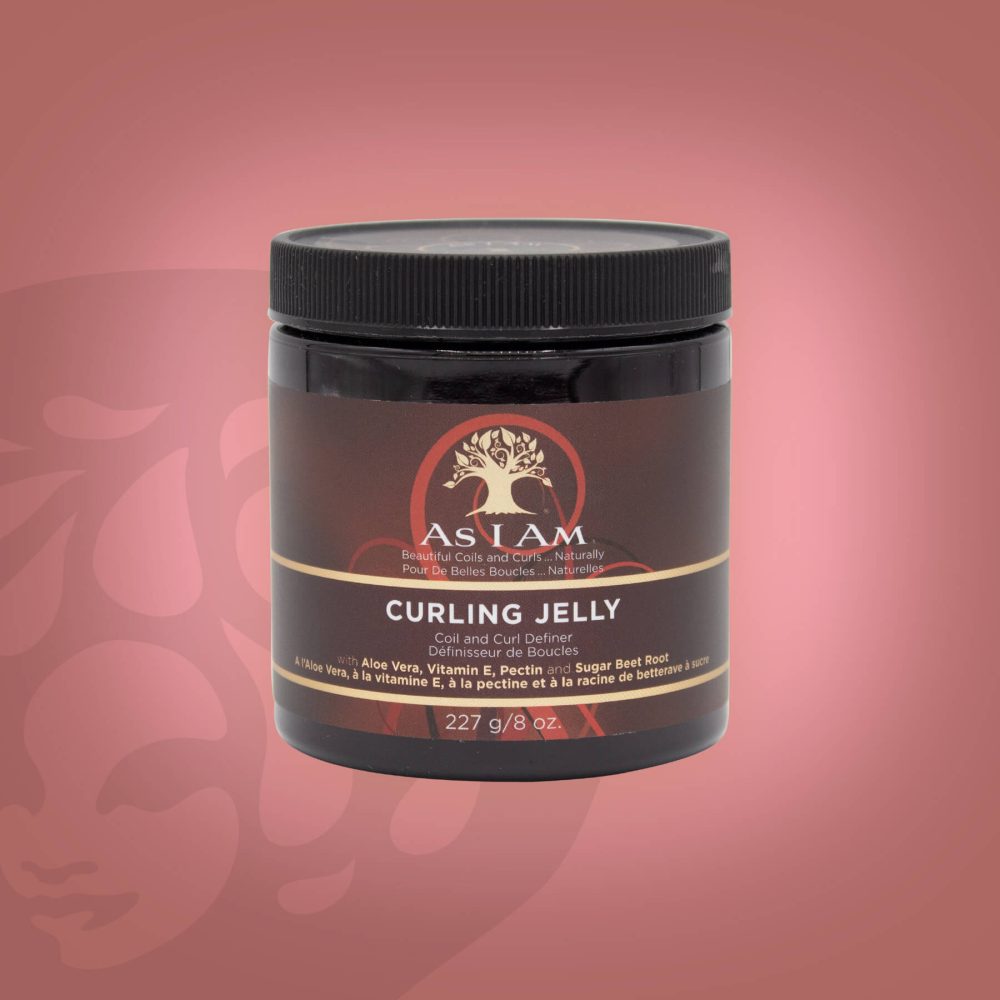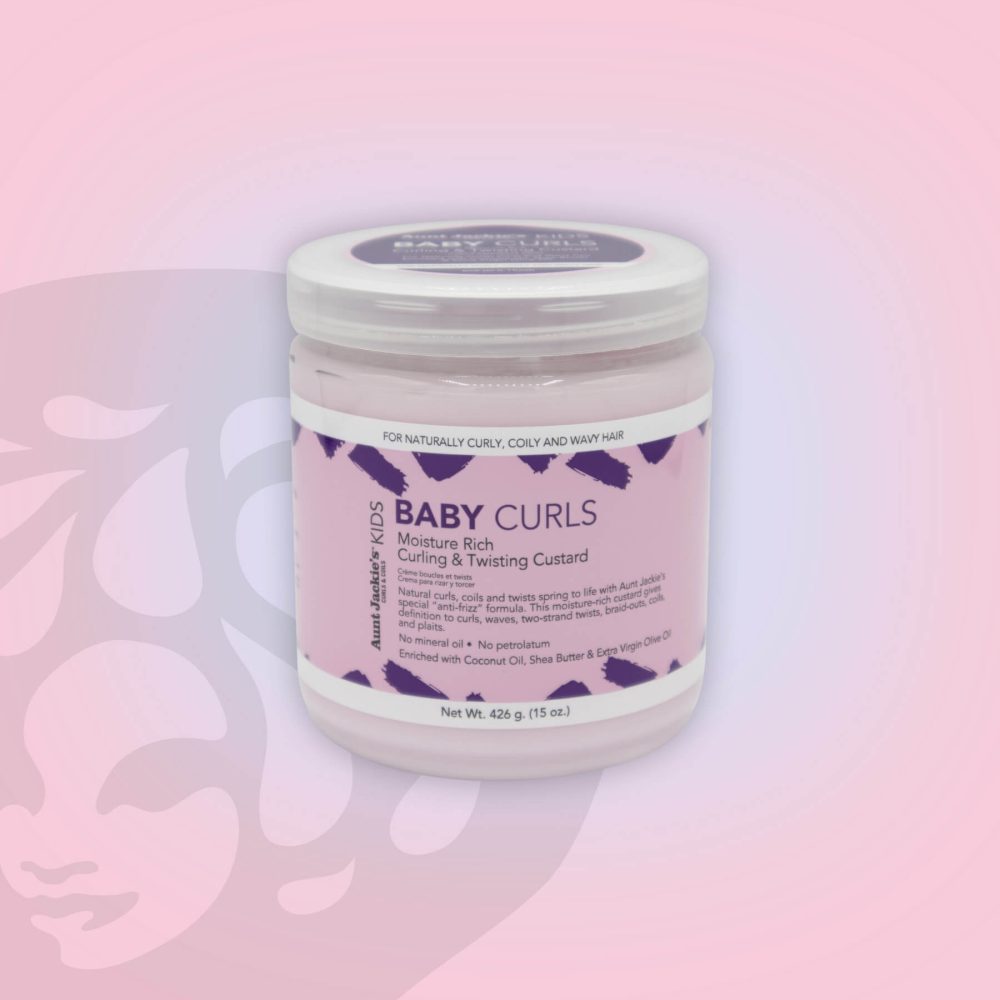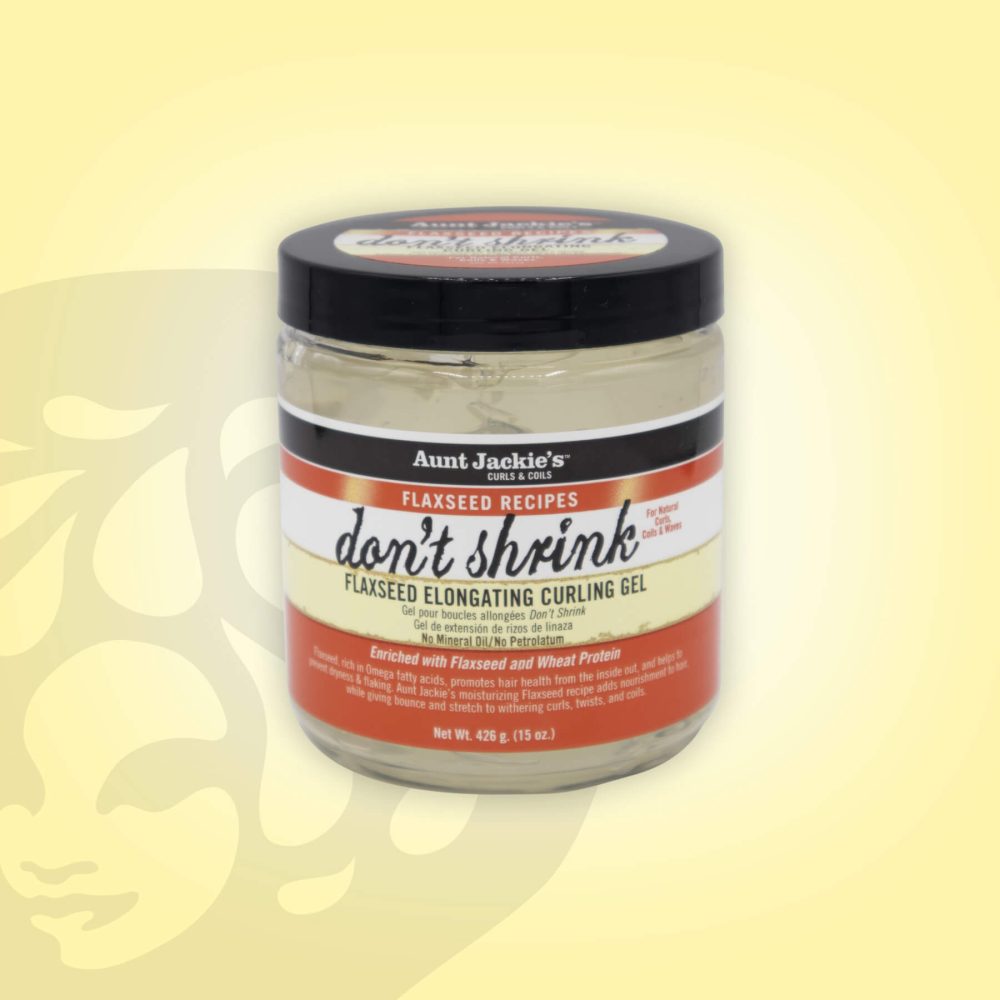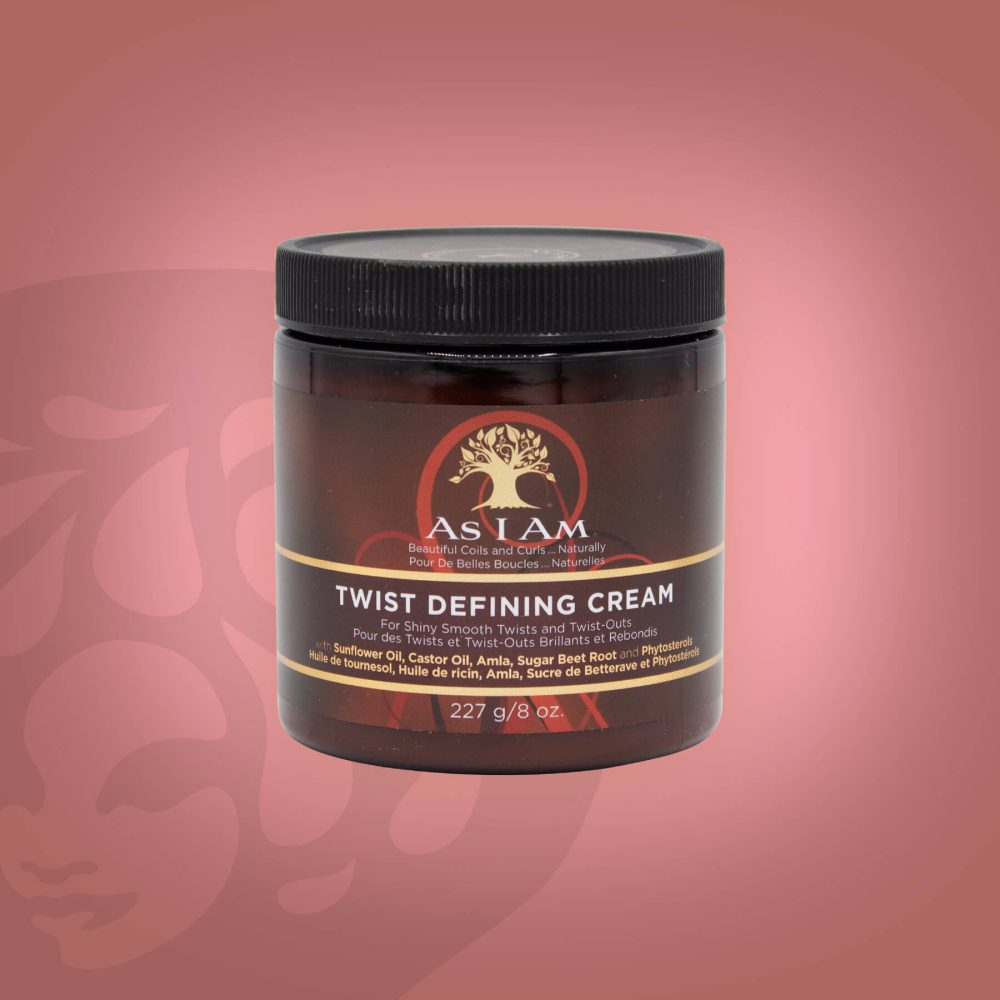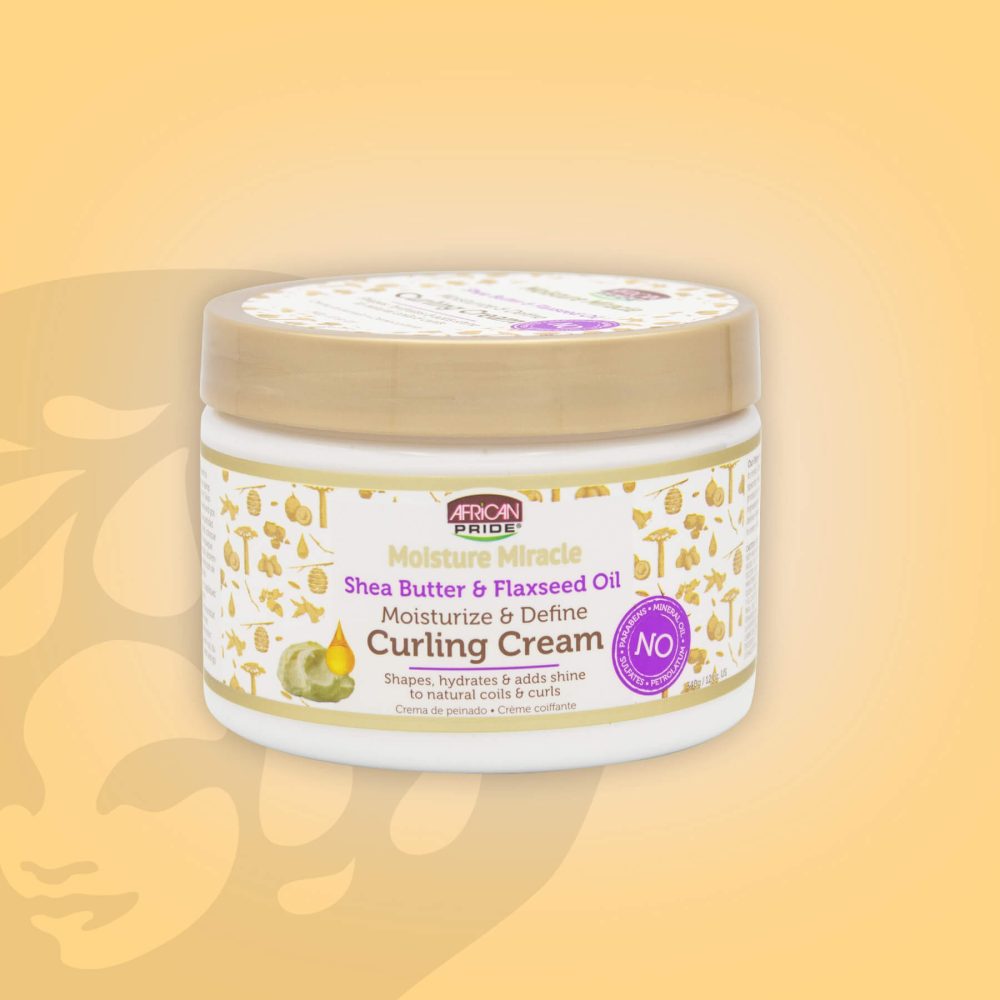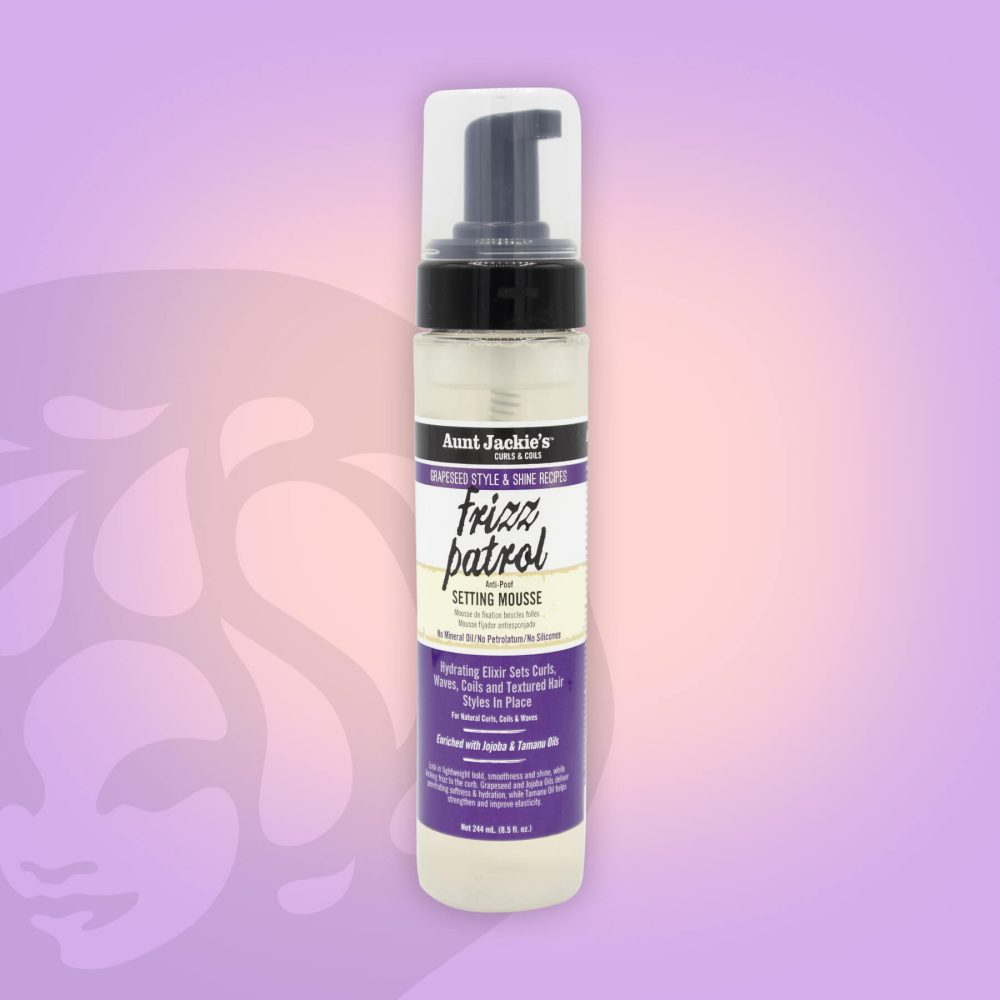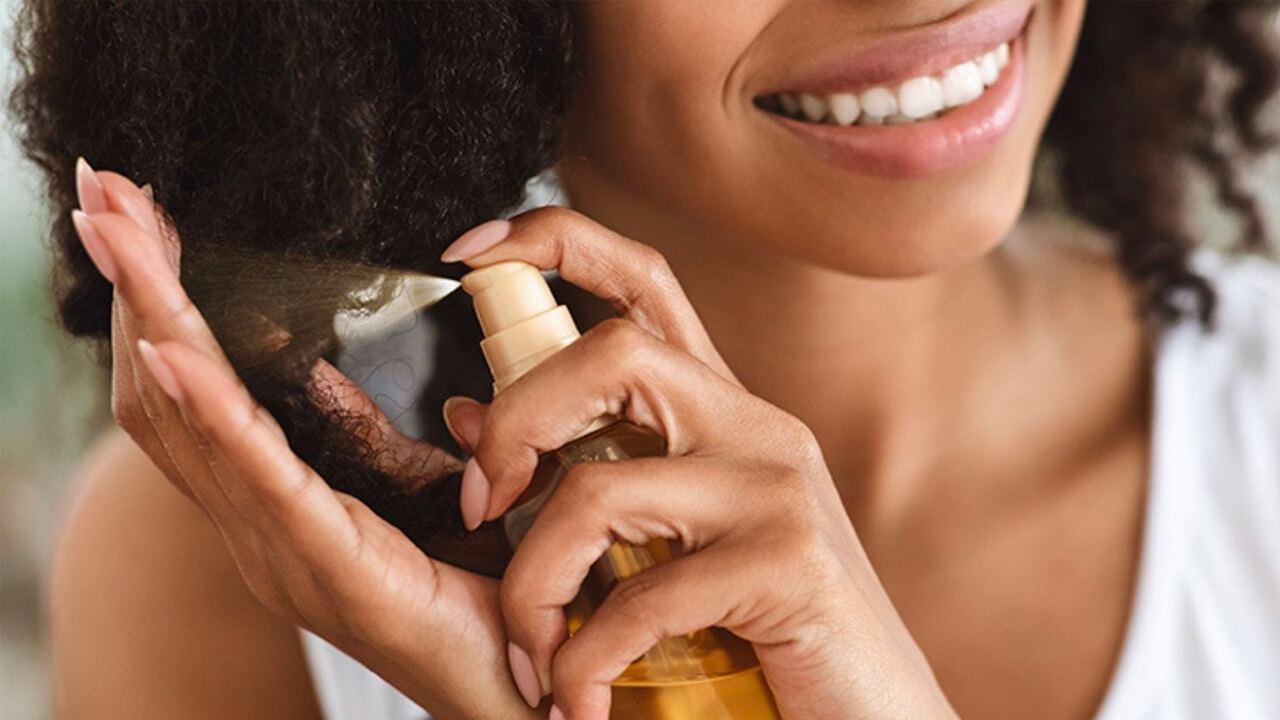If there’s one thing that I wished I had paid more attention to—and by that, what I mean is, I wish that I had actively researched and took very seriously—it’s hair types.
When it comes to achieving and maintaining a healthy head of hair, especially as a naturalista, there is absolutely no way that is going to happen if you’re not clear about, not only what your hair type is but what your hair texture happens to be too.
Hair type and hair texture. If you’ve heard these terms before, but you’ve never fully taken out the time to understand what they mean and how they directly relate to you and your mane, indulge me for a few moments as I try and explain it as simply as I can, OK?
What’s the Hair Type and Texture Breakdown, Anyway?
Here’s the deal. All of us have a particular hair type. The types are first broken down into numbers and then letters. 1 is straight. 2 is wavy. 3 is curly. 4 is coily. After the numbers, the letters—A, B and C—explain more about your hair’s texture—if it is fine, medium or coarse.
For instance, if you’ve got 4a texture hair, the curl pattern is going to be somewhat looser and finer than 4c. The reason why this is important to know is because the kind of care that your hair requires depends, to a large extent, on your hair type—and texture.
As far as figuring out what your hair type is, thankfully, there is a world of info on cyberspace. One video that you help you out is “EASIEST Way To Figure Out Your Hair Type!” by IAMTRAEH. When it comes to determining what texture your own hair is, one thing that you can do is take a strand of your hair and lay it on a flat surface next to a piece of thread. If the strand seems thinner than the thread, your hair leans on the finer side.
If it’s thicker, it’s coarser. If it’s similar to the strand, it’s medium. Knowing this information can help you to figure out what products you need to apply and what regimen will truly work best for you.
What If I’ve Got Multiple Types and/or Textures?
Now that you’ve got a little more clarity on how to figure out exactly what your hair type is, you may be wondering what you should do if you discover that you’ve got multiple types. I can certainly relate to that because, while most of my hair is 4a, I actually have some 3c and 4b in different parts too.
The main thing to keep in mind is if you keep trying to manipulate one type to make it “match” the other, you’re only going to weaken and damage your hair overtime.
Just like one side of your head is probably going to have hair that is thicker and grows faster, it’s OK that you’ve got different textures. Putting your hair into a protective style or even styling your hair in the shingling method sometimes can help you to keep your hands out of your tresses, so that you don’t have to keep worrying about your different textures so much. Besides, it’s how you were made. Embrace it. It’s all good.
How Do I Figure Out Which Regimen Work Best for Me?
Here’s where the tricky part comes in. With all of the info that exists out here, how in the world do you figure out which is best for your hair type and texture?
For the sake of time and space, I’m going to briefly touch on what you should do if you’ve got 3-type hair and what you should do if you’ve got 4-type.
As far as 3-type goes, because you have a looser curl pattern, the natural oils from your scalp are able to flow down your hair shaft a lot easier. This means that your hair can get oily quicker which could require having a weekly wash day.
You should deep condition your tresses no less than on a bi-weekly basis, detangle your curls with your fingers (to avoid frizzing) and keep your ends trimmed every six weeks or so (also to avoid frizzing).
As far as actual products go, seek out ways to layer some so that your curls can pop and maintain their shape once your hair dries. For instance, a non-alcohol styling gel (alcohol dries your hair out) combined with a mousse is a pretty awesome combo.
Our top selling styling products
Aunt Jackie’s Curl La La Defining Curl Custard
£0.99 – £5.99It’s great value for money, gets your curls poppin’, nice large tub and it’s hugely popular amongst naturalistas too! Are you even an Aunt Jackie’s fan unless you’ve some Curl La La? (The answer’s no!)
As I Am Restore & Repair Jamaican Black Castor Oil Water
£9.99One of our best sellers hands down. This drop from As I Am is the ultimate curl refresher and ‘L’ in your LOC or LCO routine. A light and pleasant fragrance, moisturising and lightweight. It’s the perfect prep step for styling and moisturises more than just water alone – that’s why we love it!
As I Am Classic Curling Jelly
£9.99It’s a perfect addition to your wash & go routine, gets those curls poppin’, avoids leaving that crunchy feeling, loaded with natural ingredients and no build up! Could it be the ultimate curling gel? We certainly think so!
Aunt Jackie’s Kids Baby Curls Curling & Twisting Custard
£5.99Get your mini curl girl’s (or boy’s!) locks popping with an anti-frizz formula that nourishes and moisturises at the same time. This rich curling and twisting custard with shea butter and extra virgin olive oil keeps curls, waves. plaits and twists well defined and full of bounce. You can kiss your kid’s frizz goodbye and say hello to long-lasting curls.
Aunt Jackie’s Don’t Shrink Flaxseed Curling Gel
£5.99Say goodbye to unwanted hair shrinkage, and hello to fabulous hair volume! Aunt Jackie’s Don’t Shrink Flaxseed Curling Gel pumps up the volume with nourishing flaxseed and curl-stretching wheat proteins. This hair-pumping product will keep curls big, bright, and well-defined.
As I Am Classic Twist Defining Cream
£9.49Anything As I Am put out is usually gold and this creamy styler / twist defining cream is of no exception! It smells incredible and creates gorgeous twist-outs and braid-outs without the crunchy or crispy feeling. It’s moisturising too. It’s super popular and it’s not hard to see why!
African Pride Moisture Miracle Shea Butter Curling Cream
£5.99It leaves our hair soft and bouncy with beautifully defined curls.
Aunt Jackie’s Frizz Patrol Grapseed Setting Mousse
£7.49Frizzy flyaways are under arrest – there’s a new cop on the block! Aunt Jackie’s Frizz Patrol Grapeseed Setting Mousse stops frizz in its tracks, keeping stray curls, locs, and twists looking beautifully smooth and set all day long. Get sentenced to good hair days every day!
If you want a little extra moisture added to your locks, creating a spray out of sweet almond (it’s a light oil that cultivates sheen) and rose water (it softens the hair while reducing frizz) and lightly spritzing your hair in the mornings can give you just enough without being too oily or taking the “spring” out of your curls.
When it comes to 4-type, its curls are tighter which means that it’s more challenging for natural oils to cover each strand. This is why this type can seem a lot drier which means that:
-
- It doesn’t necessarily need to be shampooed as much (unless you use a lot of product or you’ve got some sort of scalp irritation)
-
- It most definitely needs to be handled with care because, contrary to a lot of people’s assumptions, 4-type hair is quite fragile.
Shampooing it every 10-14 days with a sulfate-free shampoo (sulfates will dry your hair out) is wise.
After washing your hair, deep conditioning for no less than an hour, every wash day, is extremely beneficial. Sealing the ends (which is simply adding a butter like shea butter or an oil like Jamaican black castor oil to your hair and ends to lock in moisture and reduce breakage) is a must.
Letting your hair air dry at least 60 percent before blow drying (on a medium setting) can help to prevent hair damage. If you want to reduce shrinkage without heat, braiding or twisting your hair while it is damp can achieve that. Dusting your ends (which is taking off a very little bit of your ends so that you don’t end up with split ones) can help to maximize length retention too.
What About the YouTube Experts?
And what about if you want some more detailed info on how to take care of your particular hair type?
One of my favourite resources is YouTube. If you go to the site and put your hair type and tips in the search field, you’ll find all kinds of other naturalistas who can offer up a wealth of knowledge.
Some of them include:
For type 3 natural hair
Danielle Nance, Kira The Light, Sydney Geddes, CurlNamedLauren, Fresh Lengths
For type 4 natural hair
Kennedy Lynn, Shakira Jonay, Jasmyne Kay, Halfrican Beaute and OlayLex.
Just make sure to remember that each of us are unique and what works for your favourite YouTuber may not be exactly what works for you.
Still, you can gain a wealth of knowledge on hair hacks, products and other gems that can get you on the road to being a hair type and texture expert so that you can reach every hair goal that you’ve got. Good luck!
